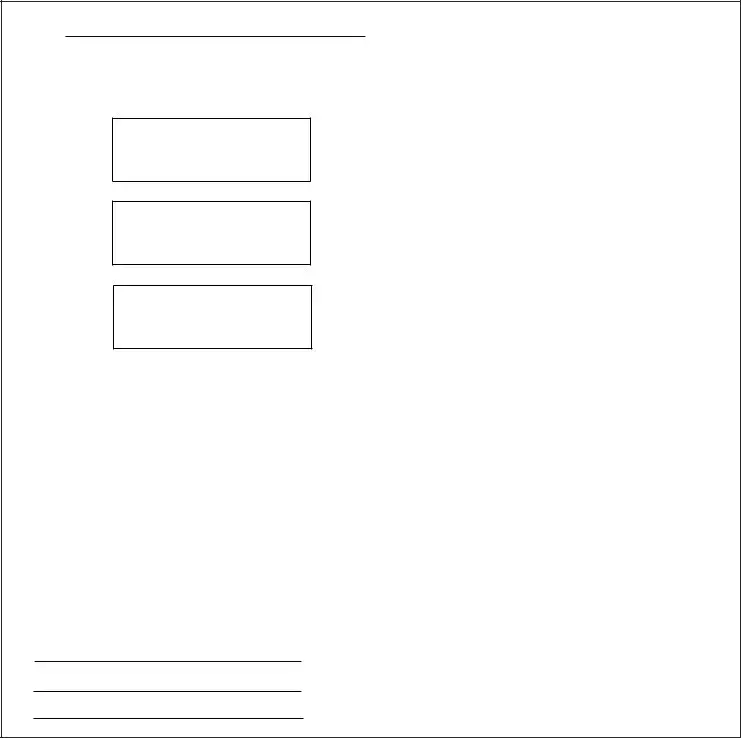What is the purpose of a Letter of Intent Lien?
The Letter of Intent Lien serves as a notification to relevant parties—like the owner, lender, and original contractor—that a contractor, subcontractor, or supplier has not received payment for their services or products. This communication aims to prompt payment before more formal actions, such as filing a lien or serving a stop notice, are taken. Essentially, it acts as a precursor to these potential legal actions, reflecting a willingness to resolve payment issues amicably.
Who can issue a Letter of Intent Lien?
A Letter of Intent Lien can be issued by various parties involved in a construction project. Typically, contractors, subcontractors, and suppliers use it when they experience payment delays. It opens a channel for dialogue regarding unpaid amounts and ensures that those who have provided services or materials have an opportunity to resolve their concerns before resorting to legal measures.
To whom should the Letter of Intent Lien be addressed?
The letter should be directed to key stakeholders involved in the project, which often includes the owner of the property, the lender financing the project, and the original contractor overseeing the construction. By notifying these parties, the sender ensures that everyone is aware of the payment issues at hand, facilitating a more informed and potentially quicker resolution.
What are the delivery methods for the Letter of Intent Lien?
While there are no strict requirements for how the Letter of Intent Lien is delivered, using certified mail with a return receipt is recommended. This method provides proof that the letter was sent and received, which can be crucial if further legal actions are necessary. Other delivery methods may be used, but ensuring a clear record of receipt can help reinforce the seriousness of the communication.
Is a Letter of Intent Lien required before filing a claim of lien?
No, sending a Letter of Intent Lien is not a legal prerequisite for filing a claim of lien or serving a stop notice. However, it can be a beneficial step in the process. By first issuing this letter, parties may avoid escalating to formal legal proceedings and may successfully resolve payment disputes through direct communication.
What information should be included in the Letter of Intent Lien?
The letter should clearly outline several key details, including the amount owed, a description of the work performed, the dates of service, and details about the customer’s request for those services. It’s also important to mention the specific claim that payment has not been received and provide a deadline for payment before further actions will be considered. This clarity can help in avoiding misunderstandings and supports the sender's position if legal measures become necessary.
What could happen if payment is not received after sending the Letter of Intent Lien?
If payment is not received by the specified deadline in the letter, the sender may proceed to record a claim of lien or serve a stop notice. Additionally, further collection measures can be taken to protect their investment. The letter acts as a final warning, and failure to respond could result in more serious legal consequences for the party that owes the payment.

